Emerging Destinations
The emergence of new destinations is reshaping the MICE Tourism Market, as planners seek unique venues that offer fresh experiences. Countries previously overlooked are now investing in infrastructure and marketing to attract MICE events. In 2025, it is expected that regions in Asia and Africa will see a significant increase in MICE activities, with a projected growth rate of 10%. This trend not only diversifies the options available to event organizers but also stimulates local economies. As emerging destinations gain recognition, the MICE Tourism Market is likely to experience a shift in demand, encouraging innovation and competition among established locations.
Sustainability Trends
Sustainability trends are gaining traction within the MICE Tourism Market, as stakeholders increasingly prioritize eco-friendly practices. Event organizers are adopting sustainable measures, such as reducing waste, utilizing renewable energy sources, and promoting local sourcing. In 2025, it is anticipated that 60% of MICE events will incorporate sustainability initiatives, reflecting a growing awareness of environmental impact. This shift not only appeals to environmentally conscious attendees but also enhances the reputation of organizations committed to corporate social responsibility. As sustainability becomes a key differentiator, the MICE Tourism Market is likely to see a rise in demand for venues and services that align with these values.
Technological Advancements
Technological advancements are reshaping the MICE Tourism Market, offering innovative solutions that enhance the overall experience for participants. The integration of virtual and augmented reality, mobile applications, and event management software is becoming increasingly prevalent. These technologies facilitate seamless communication, improve attendee engagement, and streamline logistics. In 2025, it is projected that the adoption of technology in MICE events will increase by 30%, as organizers seek to create immersive experiences. This shift not only attracts a tech-savvy audience but also positions the MICE Tourism Market as a leader in modern event management, potentially driving further growth.
Health and Safety Standards
Health and safety standards are becoming increasingly critical in the MICE Tourism Market, as organizers prioritize the well-being of attendees. Enhanced protocols, including sanitation measures and crowd management strategies, are being implemented to ensure a safe environment. In 2025, it is projected that 75% of MICE events will adhere to stringent health guidelines, reflecting a commitment to participant safety. This focus not only builds trust among attendees but also enhances the overall experience. As health considerations remain paramount, the MICE Tourism Market is likely to adapt and evolve, ensuring that safety remains a top priority in event planning.
Increased Corporate Investment
The MICE Tourism Market is experiencing a notable surge in corporate investment, as businesses recognize the value of hosting meetings, incentives, conferences, and exhibitions. This trend is driven by the need for companies to foster collaboration and innovation among employees and stakeholders. In 2025, it is estimated that corporate spending on MICE activities will reach unprecedented levels, with a projected growth rate of 7.5% annually. This investment not only enhances brand visibility but also strengthens relationships within the industry. As organizations prioritize face-to-face interactions, the MICE Tourism Market is likely to benefit from increased demand for venues and services that cater to corporate needs.


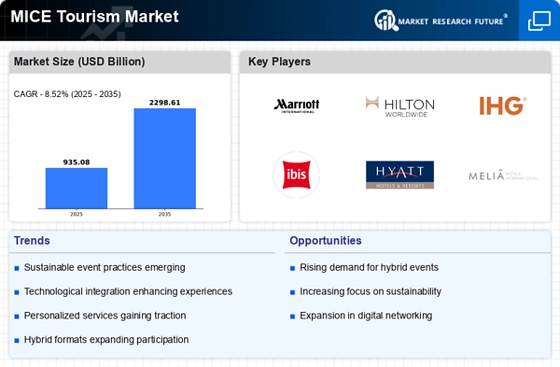
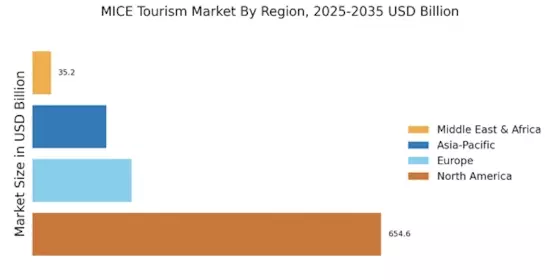
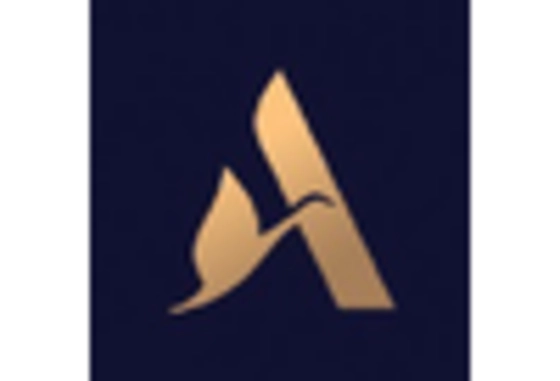
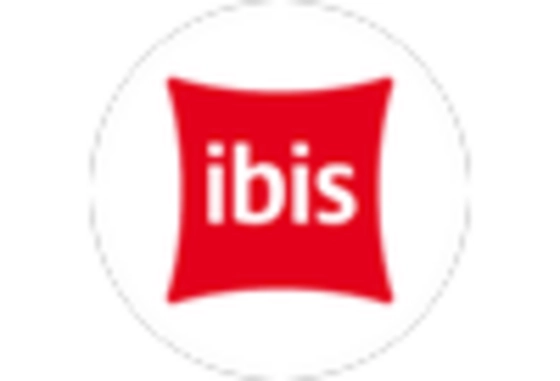
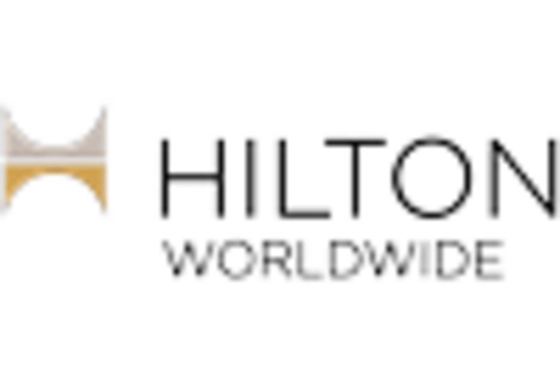
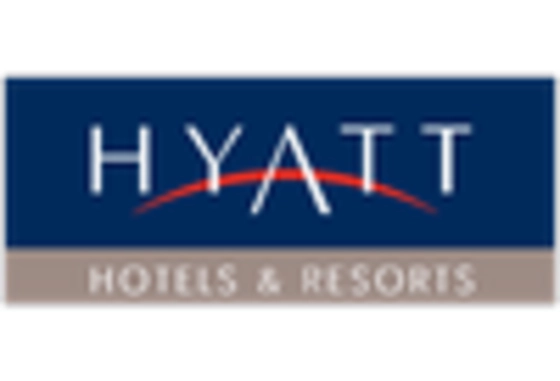
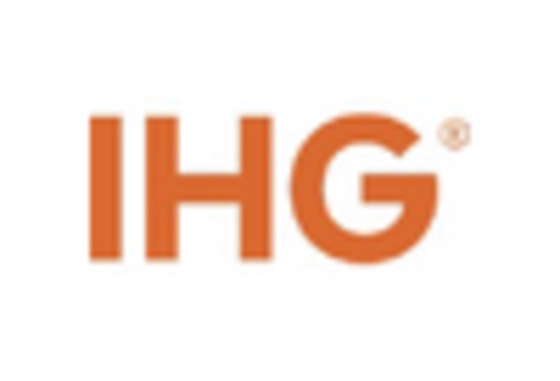
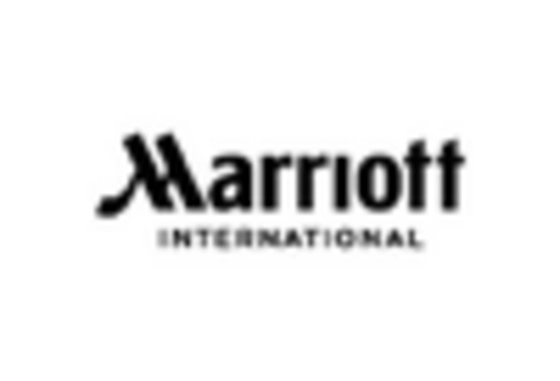
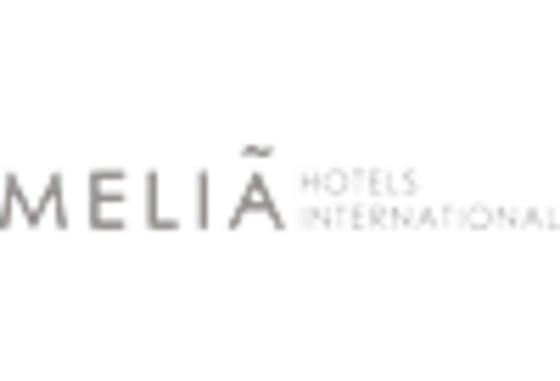








Leave a Comment